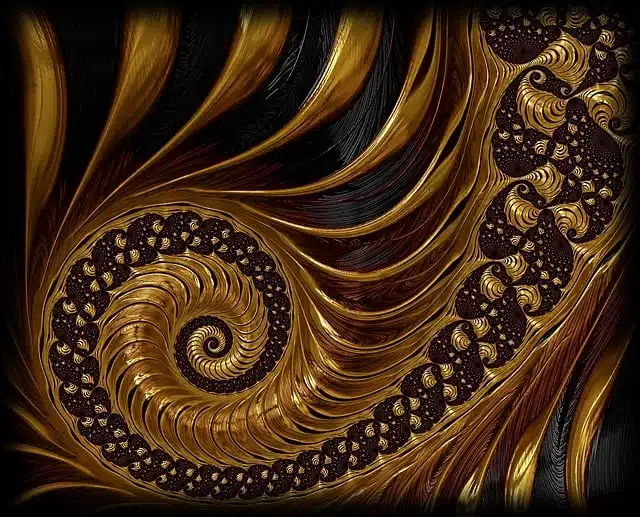
A fractal is made up of infinite components.
The mathematics expert Benoît Mandelbrot was responsible for developing, in 1975 , the concept of fractal , which comes from the Latin word fractus (can be translated as "broken" ). The term coined by the French was soon accepted by the scientific community and is even part of the dictionary of the Royal Spanish Academy (RAE) .
A fractal is a figure , which can be spatial or flat, made up of infinite components. Its main characteristic is that its appearance and the way in which it is statistically distributed does not vary even when the scale used in the observation is modified.
Characteristics of fractals
Fractals are, therefore, elements classified as semi-geometric (due to their irregularity they do not belong to traditional geometry ) that have an essential structure that is reiterated at different scales.
The fractal can be created by man, even with artistic intentions, although there are also natural structures that are fractals (such as snowflakes).

Snowflakes are natural fractals.
Self-similarity classes
According to Mandelbrot , fractals can present three different kinds of self-similarity , meaning that the parts have the same structure as the total whole :
* exact self-similarity , the fractal is identical to any scale;
* quasi-autosimilarity , with the change of scale , the copies of the set are very similar, but not identical;
* statistical self-similarity , the fractal must have statistical or number dimensions that are conserved with the variation of the scale.
Fractal techniques
Fractal techniques are used, for example, to compress data . Through the collage theorem , it is possible to find an IFS (iterated function system), which includes the alterations that a complete figure undergoes in each of its self-similar fragments. As the information is encoded in the IFS, it is possible to process the image.
We speak of fractal music when a sound is generated and repeated according to spontaneous behavior patterns that are very frequently found in nature. It is worth mentioning that there are computer programs capable of creating compositions of this type without human intervention.
Cantor's set is often cited in relation to fractals, although it is not correct. Its definition, and what usually generates this confusion, is the following: you take a segment and divide it into three, and then eliminate the central one and repeat said action infinitely with the remaining ones.
The look of classical geometry
Classical geometry is not broad enough to cover the concepts necessary to measure different fractal shapes. If we take into account that these are elements whose size changes incessantly , it is not easy, for example, to calculate their length. The reason is that if you try to measure a fractal line using a traditional unit, there will always be components so small and thin that they cannot be precisely delineated.
In the Koch curve, graphed on the right, it can be seen that from birth it grows a third along its length with each step; In other words, the length of the portion located at the beginning increases endlessly, determining that each curve is 4/3 of the preceding one.
Since the length of the fractal line and the length of the measuring instrument or the chosen unit of measurement are directly related, it is absurd to use this notion. That is why the concept of fractal dimension has been created that allows, when we talk about fractal lines, to know in what way or to what degree they occupy a portion of the plane .
In relation to traditional geometry, a segment has dimension one, a circle, two, and a sphere, three. Since a fractal line does not cover the entire portion of the plane, it should have a dimension that does not reach two.
